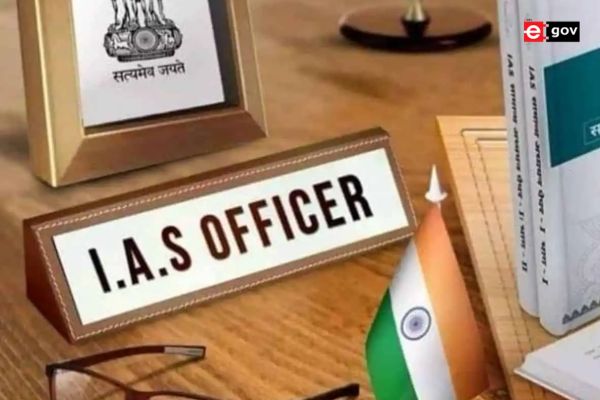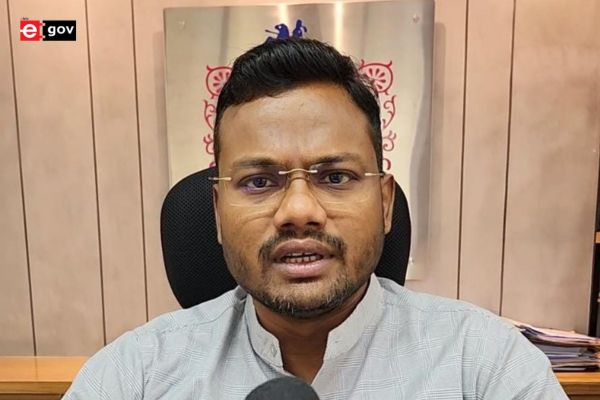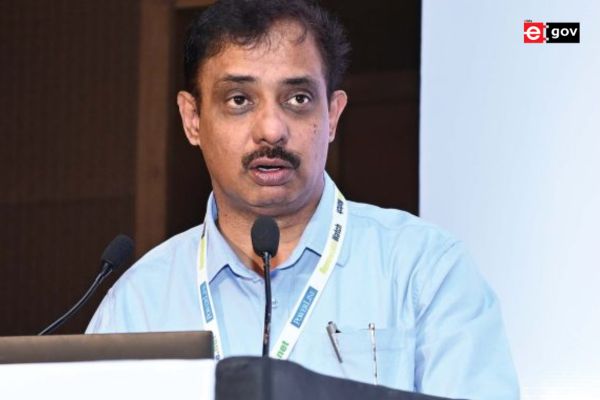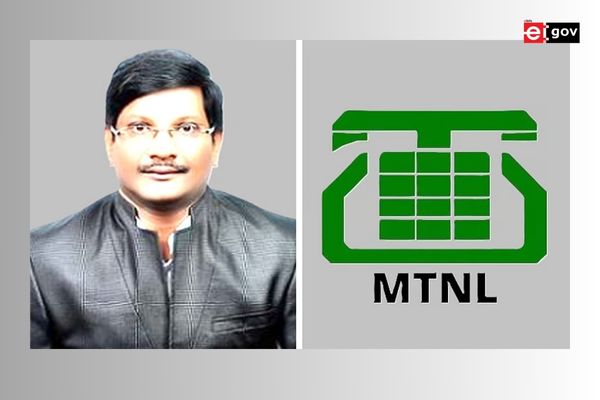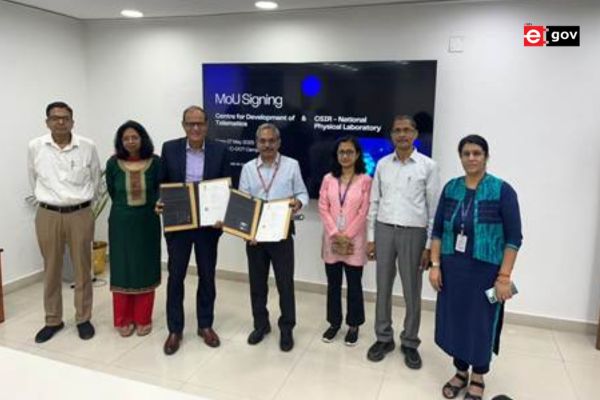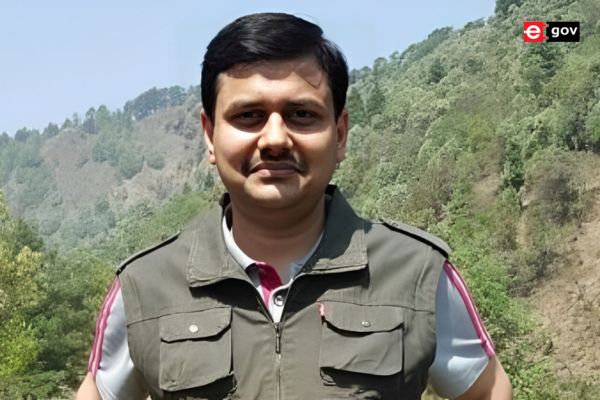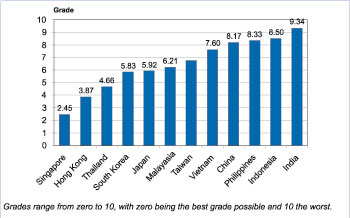
Source: Political & Economic Risk Consultancy Survey Report
Very few people will admit to not dealing with corruption in their lifetime. Some would admit to bribing transport officials to get a driving license, while others may proudly state how they managed to wriggle off hefty fine for not wearing a seat belt by just paying a ‘bakshish’ of Rs 100 to the traffic constable. In the government set-up too, people talk in hushed tones about how they sent ‘sweets’, literally meaning monetary bribes, to their bosses for obtaining a posting of their choice.
Corruption in all the walks of life is a reality in India. India was ranked 85 out of 179 countries in Transparency International’s Corruption Perceptions Index, although its score has improved consistently from 2.7 in 2002 to 3.4 in 2008. The index further stated that corruption in Indian politics and bureaucracy has taken toll on the overall development of the country.
Bureaucrats are a power center in their own right at both the national and state levels, and are extremely resistant to reform that affects them or the way they go about their duties.
The latest survey by Political & Economic Risk Consultancy on the bureaucracy in Asia, reflects that the respondents were most impressed with the quality and efficiency of the civil service in Singapore, while they were least impressed with the Indian bureaucracy. The civil services of the Philippines, China and Indonesia have all been graded poorly, while Vietnam’s bureaucracy also not faring much better.
According to the Survey, there does not seem to be much of a correlation between political systems and the level of bureaucratic headaches. Communist systems like Vietnam and China are graded poorly but so are democracies like India, the Philippines and Indonesia. It establishes a close correlation between survey grades for corruption and scores for bureaucracy. Countries with poorly functioning bureaucracies are rated as having big corruption problems, whereas places with strongly rated civil services are perceived to have less corruption problems.
The Survey identifies the main problem as the civil service pay structure. In countries where the public servants are poorly paid, the motivation to work efficiently suffers. Indeed, a common argument of why corruption is a good thing and justified in countries where bureaucratic inertia is a huge problem is that such payments are needed to cut through red tape and to motivate public sector workers to either do something or get out of the way.
 Another factor highlighted in the Survey has to do with how government workers perceive themselves and how the society perceives them. In many countries, the label ‘civil servant’ is a misnomer. Public sector workers frequently neither act civil nor do they view their role as being servants of the public. Rather, they behave arrogantly as if they are superior to average citizens. In these societies, the government workers are the elite and they display their ‘importance’ by being difficult to work with either in getting their approval for some work
Another factor highlighted in the Survey has to do with how government workers perceive themselves and how the society perceives them. In many countries, the label ‘civil servant’ is a misnomer. Public sector workers frequently neither act civil nor do they view their role as being servants of the public. Rather, they behave arrogantly as if they are superior to average citizens. In these societies, the government workers are the elite and they display their ‘importance’ by being difficult to work with either in getting their approval for some work
or even for an appointment to meet them.
Many expatriates would argue that this is the case in Communist regimes like China and Vietnam. But in almost every society covered by the Survey – including Singapore and Hong Kong – there are at least a few civil servants who have earned a reputation for falling in this category. Fortunately in the better rated systems, they are in a minority, but the more steeped a country is in some historical traditions like race or religious based preferences for civil service hiring and promotion as opposed to merit based systems, the more likely there is to be a class divide between public sector workers and average citizens.
The last time when Political & Economic Risk Consultancy conducted a survey on bureaucracy in Asia was in 2007. According to Managing Director Bob Broadfoot, ‘In 2007, Asia was still experiencing strong economic growth, stock markets were booming and unemployment was at its low. The environment today is obviously very different. In some countries like the US, government intervention is increasing both in terms of state-ownership of business and regulation of private sector activities. Asia is in a somewhat different situation. Its governments are spending more to stimulate economic growth, but they have not, as a rule, been increasing their ownership of the banks and other private sector activities. They have also not been radically tightening up on regulatory and monitoring activities. Most of those types of changes happened in Asia in the wake of the 1997-98 fi nancial crisis. There has not been a need to follow the example of the US and the EU.’
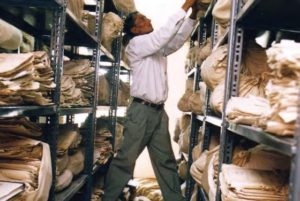 He further added it is therefore perhaps not too surprising that perceptions of bureaucracy have not changed a lot in the past two years. Eight out of 12 expatriates surveyed were more critical of the bureaucracy in most countries. However, in most of the cases the deteriorations were relatively small. The biggest change in perception for the worse related to bureaucracy in China, Taiwan, Hong Kong and the Philippines. On the other hand, perceptions were much more positive for Thailand and, to a lesser extent, for Malaysia and Indonesia.
He further added it is therefore perhaps not too surprising that perceptions of bureaucracy have not changed a lot in the past two years. Eight out of 12 expatriates surveyed were more critical of the bureaucracy in most countries. However, in most of the cases the deteriorations were relatively small. The biggest change in perception for the worse related to bureaucracy in China, Taiwan, Hong Kong and the Philippines. On the other hand, perceptions were much more positive for Thailand and, to a lesser extent, for Malaysia and Indonesia.
Looking further back, Bob added that in 1998, when most of Asia was being buffeted by a fi nancial crisis and civil servants were being criticised heavily in a number of countries – bureaucracy improved considerably not only in Thailand (where the fi nancial crisis began), but also in Japan, Korea and Vietnam. In few economies like China, the Philippines and Hong Kong, perceptions deteriorated to a modest extent, but there were not many countries where perceptions worsened markedly. In most cases the magnitude of perception change has held remarkably steady for the past decade.
INDIAN EXPERIENCE
The biggest frustration for potential investors in India, according to the Survey, is the bureaucracy. It states that bureaucrats are a power center in their own right at both the national and state levels, and are extremely resistant to reform that affects them or the way they go about their duties.
On Indian bureaucrats, Bob said, ‘The suffocating bureaucracy makes doing business in India extremely diffi cult. You name it, and working with Indian civil servants can be a slow and frustrating process. According to the World Bank, it can take on an average 30 days to start a new business, 45 days to register property, 224 days to obtain the necessary licenses and permits to build a warehouse, and 10 years to resolve a bankruptcy. India ranked 169 out of 181 countries in terms of the tax burden, measured not just by the percentage of their profi ts they must pay in taxes but also by the number of payments an entrepreneur must make and the number of hours spent preparing, fi ling, and paying. Overall, India ranked 122 out of 181 countries in terms of the ease of doing business.’
The 2009 Global Corruption Barometer by Transparency International has also rated the political parties and the civil service as the most corrupt institutions in the world. In a survey of more than 73,000 individuals around the world, 29% and 26% respondents named the political parties and the bureaucracy as most corrupt. At the lower end were other institutions like media and judiciary with 6% and 9% respondents respectively seeing them as the single most corrupt institution.
In the country specifi c survey by Transparency, civil servants/public offi cials were rated by 13% of respondents as the second most corrupt institution in India. The survey was conducted in fi ve metros – Delhi, Mumbai, Kolkata, Chennai and Bangalore – in India.
The 2009 Barometer also shows that the poorest families continue to be punished by petty bribe demand. Across the board, low-income respondents were more likely to be met with bribe demands than highincome respondents. While only 9% of the respondents reported having paid bribes, Transparency International India’s (TII) India Corruption Study 2008 that surveyed corruption in the below poverty line sector shows that the poor are forced to cough up about Rs 9000 million as bribe to avail basic and need based services.
THE WINNING FORMULA
The good news, however, is that the Transparency Survey indicated that the perception of government effectiveness in relation to addressing corruption improved from 2007 in India. 42% of people analysed said that government’s actions in the fi ght against corruption was effective. Anti corruption tools such as RTI, social audit, Citizens’ Charters and use of the technology are wonderful tools to check corruption, provided mass awareness is generated in the country. Ratifi cation of United Nations Convention Against Corruption (UNCAC) is also important, as it would help in recovering stolen assets, prevent money laundering, pursue corrupt foreign companies and individuals, prohibit bribery of foreign public offi cials, and enhance accounting and auditing standards in the private sector.
There is also an urgent need for simplifying rules and procedures to reduce the scope of corruption, bring in greater transparency and empowerment of public, and lay due emphasis on effective punishment. Fighting corruption is a hard task. We might all agree that we have to practice the advice given in the Taitreya Upanishad to arrive at a constructive solution to this problem:
Sahana vavatu Sahanau bhunaktu
Saha Viryam kara va vahai
Tejas vina maditha vastu
Ma vidh visha vahai
Om Shanti! Shanti! Shanti
(Let us come together. Let us enjoy together. Let our strengths come together. Let us move from darkness to light. Let us avoid the poison of misunderstanding and hatred. That way lies progress.) Adopting this advice, we can defi nitely see India becoming a less corrupt, progressive and developed country in the times to come.
Be a part of Elets Collaborative Initiatives. Join Us for Upcoming Events and explore business opportunities. Like us on Facebook , connect with us on LinkedIn and follow us on Twitter, Instagram.
"Exciting news! Elets technomedia is now on WhatsApp Channels Subscribe today by clicking the link and stay updated with the latest insights!" Click here!




